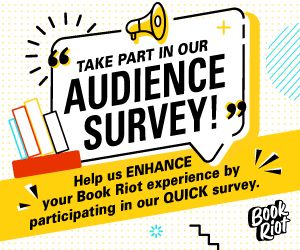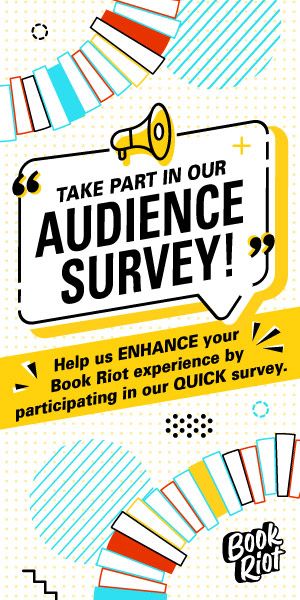
How to Find Themes in Books
Whether you’re studying something for fun or pleasure, looking for themes can be a rewarding exercise. Though definitions vary a bit, a theme is usually the main idea of a work or the message an author wants to explore. For some texts, it may be a moral, but it does not have to be. Instead, look for something more universal and complicated, and you will probably be heading in the right direction. In order to understand what this means for an individual work, it may help to concentrate first on what a theme is not. Here are some simple steps on how to find themes in books you read.
Start With What a Theme is Not
A theme is not a topic or a summary of the text, nor is it the plot. In other words, if you are solely thinking of what happened in the story or where, then you are not necessarily exploring theme. However, identifying the topic, plot, and other elements like setting may help you see a theme eventually. Start with finding these. It is usually much easier to identify these elements than the theme, and they should contribute to you finding themes to consider later.
Consider Word Choice
Word choice is of course an important part of storytelling, but it can be overlooked at times. Consider which words an author uses and what connotations these words might bring to mind. Look them up and see if there is any tie shared among them that might lead you toward particular themes.
Read the Text More Than Once
Whatever your reason for finding themes in books, you should read your text completely, preferably more than once. True themes are supported throughout a text, in the beginning, middle, and end. Therefore, suspend judgment. Read your text from beginning to end, then read it again. What do you notice?
Make a List of Possible Themes
Make a list of possible themes as you read. No ideas should be eliminated here. Instead, ask yourself what the author might be trying to convey and write down as many answers as you can think of. Everything is useful at this stage, so do not worry about producing the perfect list. Instead, look for any possible themes that seem to recur and note them as you continue reading.
You can also use a list that is ready made if you find yourself at a loss. In that case, search online for common themes in literature and skim what you find for ideas to try out on your chosen text. If the themes you choose from these sources do not fit, just set them aside and try others. There is no harm in comparing multiple possibilities since doing so will help you better understand what you have read. This will bring you closer eventually to your goal of finding a theme that fits.
Ask Yourself Some Guiding Questions
Personally, I find it easier to start with very broad guiding questions (which is, of course, a matter of personal preference). Try something like What changed by the end of the story? or What was the biggest conflict in this work? It helps me to focus on a big question like this one because it requires reviewing the story as a whole. However, if this is too large you could also break it down into more specific questions. Try thinking of what happened to each of the main characters or what is memorable about this story. For example, why do you think the characters chose to do what they did? Which scenes were the most memorable for you and why? These kinds of smaller questions can help draw out the larger themes if you try answering them while thinking of the whole text.
Troubleshoot Your Theme
There are a few ways in which you could find something that resembles a theme, but isn’t quite one or isn’t well stated. For example, could your theme be used on another text? If not, you probably haven’t reached exactly what you need. Are you listing specific plot events? If so, rephrase your theme so it is more universal. Is it one word or very short? Then it may be closer to a topic or a motif, so you should consider going back over it to see how it can be expanded.
Hopefully some of this helps as you how to find themes in whatever books you choose to read. Although I’ve written this like a list, finding a theme is more of an iterative process than it might appear on the surface. If you do not find what you are looking for by the time you try to troubleshoot, then it’s time to try one of the above steps again. Also, if you’re a teacher, you might find this article helpful for guiding other readers through the process. It might also be worthwhile to try these steps on some short books.
















